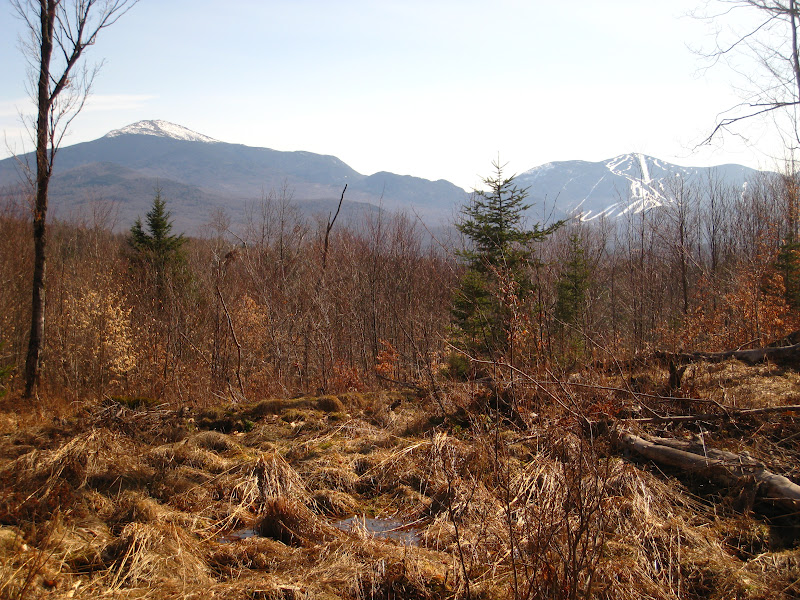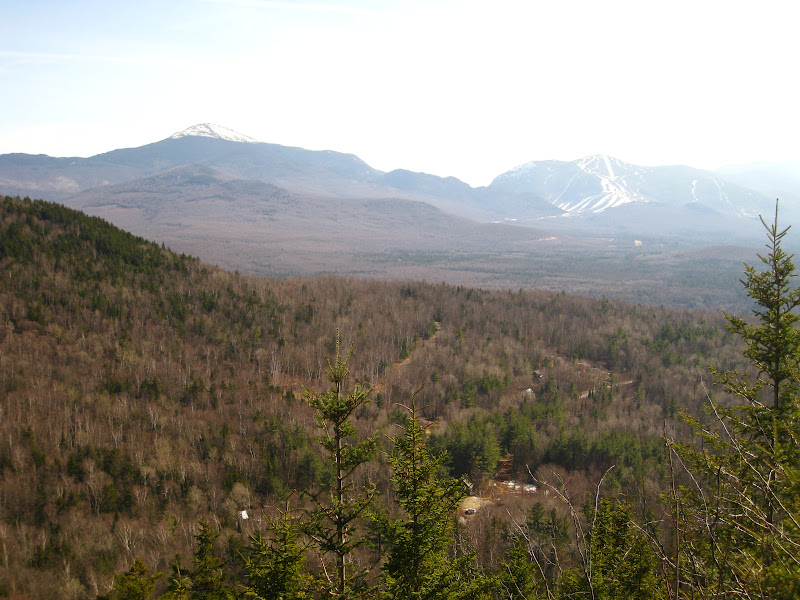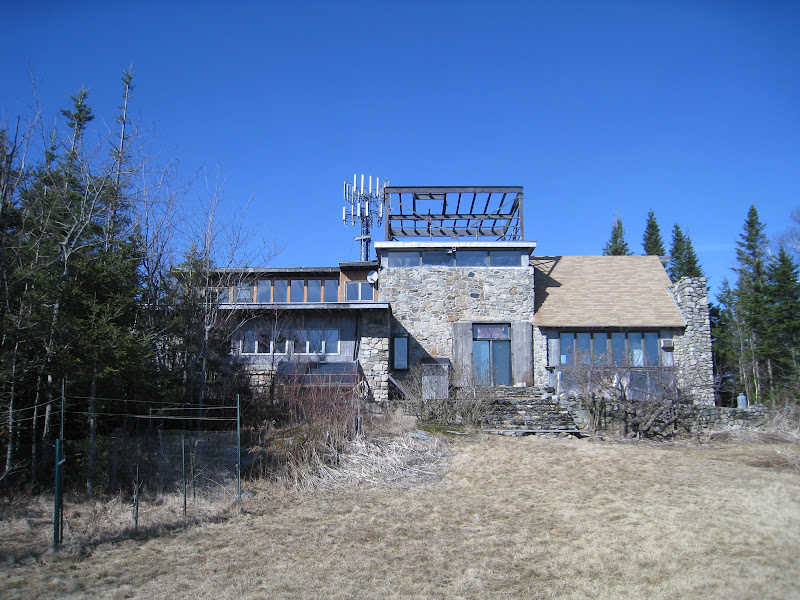nartreb
Well-known member
First things first: what kind(s) of filter are you thinking of using and why?

What on earth would you use a UV filter for?
It'll work if you just hold the filter in front of the lens (try not to let light in behind the filter from the side)...
for a canon s100 or s95, are these kits standard/normal/advisable if I'm interested in adding a filter ? thanks.
Scattered light is polarized to a degree which is a function of the angle of scattering--the degree of polarization is maximized at a scattering angle of 90 degrees. (The 3D angle, not just an angle in the 2D horizontal plane.) http://en.wikipedia.org/wiki/Rayleigh_sky_model#Degree_of_polarization This effect can be used to darken the sky. (Polarizers can have other effects than just darkening the sky--eg reducing bright sun reflections as is done by polarizing sunglasses.)I was taught, and I may be wrong on this, that a polarizer will do little for haze when the sun is high as the light is not polarized sufficiently, that it needs to be early or late in the day when the light is at an angle to the atmosphere that a polarizer will make a difference for haze.
True or apocryphal?

Here is a similar page from Hoya: http://www.hoyafilter.com/products/hoya/pro1d-04.htmlI viewed a site like this http://www.tiffen.com/filters.htm?CID=exit&idhbx=tiffen-filters
It is hard to tell how useful a polarizer would have been from the pic alone--it is much better to try it. (The polarizing sunglasses trick is an easy way to evaluate the effect if you don't have a formal camera filter.) It looks like the sun angle is ~45 degrees (a bit hard to tell from the small pic) which would have limited the effect.after taking this pic this past weekend (it was MUCH nicer in person); <pic removed>
It is hard to tell how useful a polarizer would have been from the pic alone--it is much better to try it. It looks like the sun angle is ~45 degrees (a bit hard to tell from the small pic) which would have limited the effect.
Doug


A pretty dramatic difference... Far more than one would expect from polarization alone.You're probably right, it was a pretty shallow angle, less than 45, certainly not 90. I took the following pic and then turned around and took the next one; <pics snipped>
(FWIW, I try to shade the lens when it might shine on the lens.)
Doug
That is what I assumed. (However, since you were probably using auto-exposure and auto-focus the aperture and focus could have been different.)No settings or lens were changed/cleaned in the the 2 pics above. Literally just turned around and took the 2nd pic.
So the sun on the lens blow out is definately a possibility, as is a couple of your other suggestions.
DougPaul said:shade the lens
Learned that one at my mother's knee...That's a great idea. Never thought about that, but that's why I'm a hit or miss photog !
Enter your email address to join: